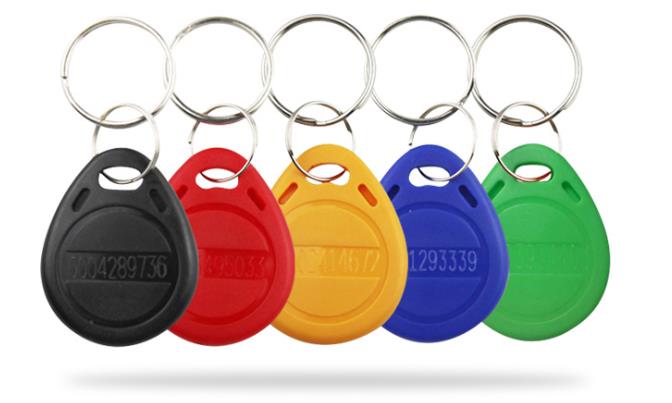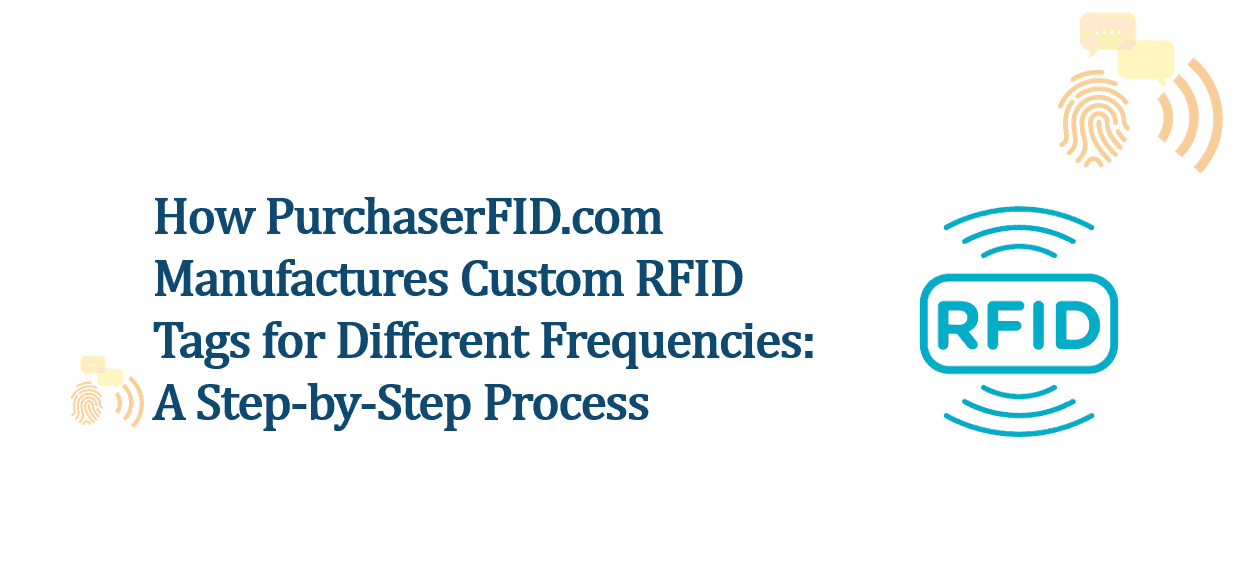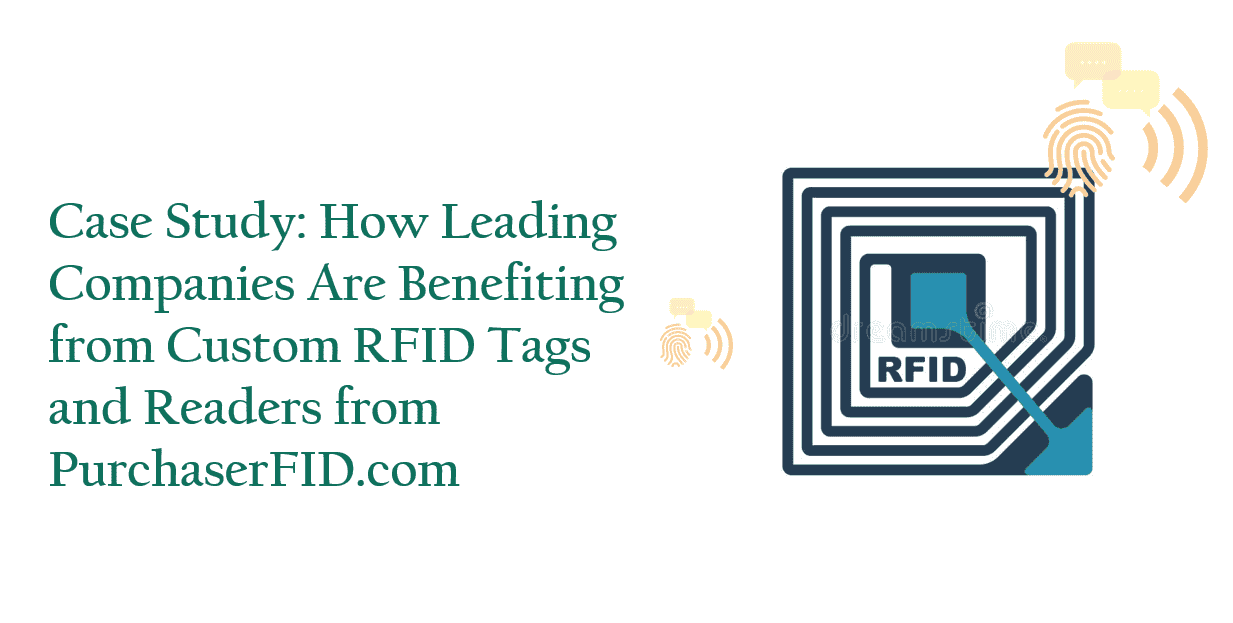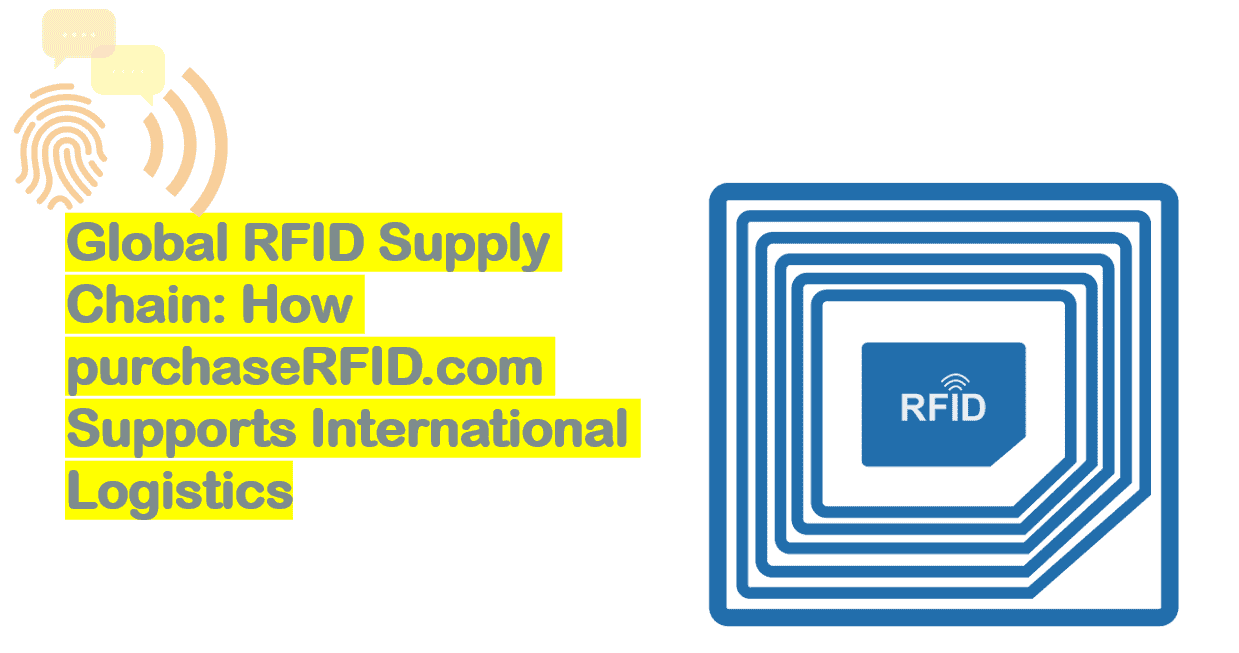Building a Smarter Warehouse with RFID Technology
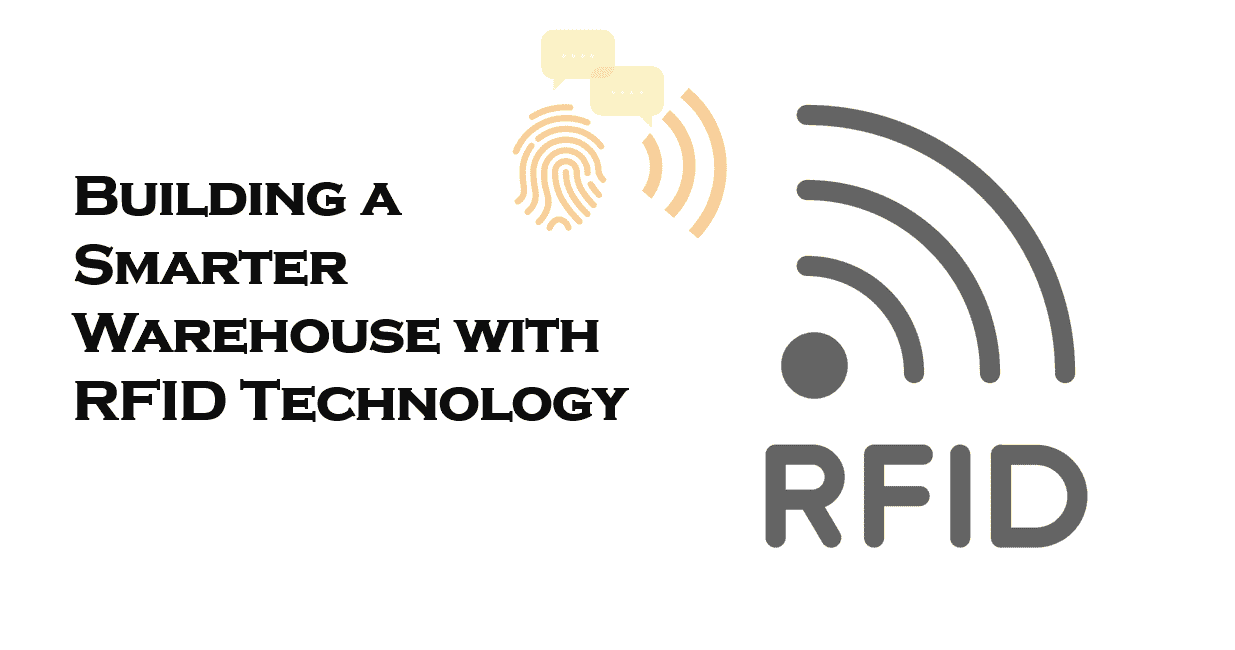
Building a Smarter Warehouse with RFID Technology
In the fast-paced world of logistics and supply chain management, efficiency is key to staying competitive. One of the most transformative technologies in recent years has been Radio Frequency Identification (RFID). By integrating RFID warehouse solutions into operations, businesses can revolutionize how they track inventory, manage assets, and streamline their processes. RFID technology, particularly smart warehouse RFID, has become a cornerstone for warehouses aiming to become more intelligent, agile, and cost-effective.
Table of Contents
- Introduction
- What is RFID Technology?
- Benefits of RFID Warehouse Solutions
- How RFID Inventory Tracking Works
- Transitioning to a Smart Warehouse with RFID Technology
- Conclusion
What is RFID Technology?
Radio Frequency Identification (RFID) is a wireless technology that uses radio waves to identify objects automatically. This system consists of two main components: RFID tags and RFID readers. The tags are attached to items or pallets, and they store important information such as product details, location, and status. The readers emit radio waves to communicate with these tags, allowing data to be gathered in real-time without the need for manual scanning.
RFID technology has become a game-changer in various industries, and when applied to warehouse management, it offers numerous benefits. This system allows businesses to build a smarter warehouse environment, enhancing both operational efficiency and customer satisfaction.
Benefits of RFID Warehouse Solutions
1. Real-Time Inventory Tracking
One of the most significant advantages of RFID inventory tracking is the ability to monitor products in real-time. Unlike traditional barcode scanning, which requires line-of-sight and manual scanning, RFID can track inventory automatically. This reduces human error and ensures that the data is always up-to-date. Warehouse managers can instantly view the exact location of items, their movement across the warehouse, and their status within the supply chain. This high level of visibility improves inventory accuracy and helps prevent costly stockouts or overstock situations.
2. Enhanced Accuracy and Reduced Human Error
Manual inventory tracking methods, such as barcode scanning or handwritten logs, are prone to human error. Misplaced items, incorrect stock counts, and missed updates can lead to inefficiencies and delays. By implementing RFID warehouse solutions, companies can eliminate these errors. RFID tags are read automatically, ensuring accurate data collection every time. This leads to better decision-making, optimized stock levels, and fewer disruptions in the supply chain.
3. Faster and More Efficient Operations
RFID technology allows for faster inventory processes. RFID tags can be read simultaneously, allowing for bulk scanning of items without needing to individually scan each barcode. This capability speeds up processes like receiving shipments, counting stock, and picking orders. In busy warehouses, this efficiency is crucial for meeting tight deadlines and maintaining high throughput.
4. Improved Asset Management
RFID warehouse solutions are not just useful for inventory tracking; they are also invaluable for asset management. Many warehouses rely on equipment, such as forklifts, pallets, and racks, to facilitate operations. RFID tags attached to these assets allow for real-time tracking and monitoring. This helps managers locate and maintain equipment more efficiently, ensuring that everything is in the right place when needed. RFID also helps with preventive maintenance, reducing the likelihood of equipment failure and costly downtime.
5. Better Data Analytics and Reporting
The data gathered from RFID systems provides a wealth of insights that can be used to optimize warehouse operations. By analyzing RFID data, managers can identify patterns in inventory movement, assess the performance of workers, and track the efficiency of specific processes. This data-driven approach to warehouse management makes it easier to spot inefficiencies, improve workflows, and make informed decisions that boost profitability. Additionally, RFID-enabled reporting tools can generate comprehensive reports for stakeholders, providing visibility into the entire supply chain process.
How RFID Inventory Tracking Works
RFID inventory tracking systems consist of three key components: tags, readers, and software.
-
RFID Tags: These small devices are attached to products, pallets, or shelves in the warehouse. They store essential information such as item identification numbers, location, and movement history. RFID tags can be passive (requiring no battery and powered by the reader) or active (with their own power source for longer-range tracking).
-
RFID Readers: These devices emit radio waves to communicate with RFID tags. As products pass through the range of the reader, the tags transmit their data back to the reader, which then sends this information to the warehouse management system (WMS).
-
Warehouse Management Software (WMS): The WMS integrates RFID data into the company’s existing systems, providing real-time updates on stock levels, order statuses, and product movements. This software provides the user interface for warehouse managers to monitor, analyze, and make decisions based on the real-time data collected from RFID tags.
Example: RFID in Action
Consider a warehouse where RFID tags are attached to pallets of goods. As the pallets move through the warehouse, RFID readers placed at key points—such as loading docks, storage areas, and picking stations—automatically scan the tags. The data is fed into the WMS, allowing managers to track which products are in which locations, when they were received, and when they were last picked or moved. This system enables a streamlined operation where every item is accounted for without requiring manual intervention, significantly reducing the chances of misplaced or forgotten stock.
Transitioning to a Smart Warehouse with RFID Technology
Transitioning to a smart warehouse with RFID technology may require upfront investment in hardware, software, and training. However, the long-term benefits far outweigh the initial costs. By implementing RFID inventory tracking, businesses can significantly increase their operational efficiency, reduce errors, and improve overall warehouse management.
Moreover, as technology continues to advance, the integration of RFID with other technologies, such as the Internet of Things (IoT), artificial intelligence (AI), and robotics, will further enhance the capabilities of smart warehouses. This interconnected ecosystem will provide even greater levels of automation, data analysis, and decision-making.
Conclusion
Building a smarter warehouse with RFID technology is no longer a luxury—it's a necessity in today's competitive market. RFID warehouse solutions offer unparalleled benefits in terms of real-time inventory tracking, accuracy, efficiency, and asset management. By embracing RFID, companies can optimize their operations, reduce costs, and position themselves for success in an increasingly complex logistics landscape. As RFID technology continues to evolve, the future of smart warehouses is looking brighter than ever.
Investing in RFID technology today can be the key to unlocking greater productivity and growth in the warehouse of tomorrow.
Related Products
Here are some relevant stats and facts that can enhance the article on building a smarter warehouse with RFID technology:
-
RFID Market Growth:
- The global RFID market size was valued at $10.5 billion in 2022 and is projected to grow at a compound annual growth rate (CAGR) of 8.6% from 2023 to 2030, indicating a robust adoption of RFID technology across industries, including warehouse management. (Source: Grand View Research)
-
Inventory Accuracy Improvement:
- RFID technology can improve inventory accuracy to 99% or higher, compared to traditional manual methods, which typically result in accuracy rates of only around 70-75%. This improvement reduces errors in stock levels and helps avoid stockouts and overstocking. (Source: RFID Journal)
-
Time Savings in Inventory Management:
- RFID can reduce inventory counting time by up to 90%. A warehouse that takes hours or even days to manually count inventory can complete the process in a fraction of the time using RFID, leading to faster operations and improved productivity. (Source: Zebra Technologies)
-
Faster Order Fulfillment:
- The use of RFID technology in warehouses has been shown to reduce order fulfillment time by 30% to 50%, thanks to more efficient picking, sorting, and shipping processes. (Source: IDTechEx)
-
Reduction in Stock Loss:
- RFID can help reduce stock loss due to theft or misplacement by up to 30%. RFID's real-time tracking and monitoring capabilities allow warehouses to spot discrepancies quickly and prevent inventory shrinkage. (Source: Journal of Business Logistics)
-
Improved Labor Efficiency:
- According to studies, warehouses using RFID systems have experienced a 20% increase in workforce productivity due to automation and better tracking, which allows staff to focus on value-added tasks rather than manual inventory checks. (Source: RFID Journal)
-
Cost Savings:
- By reducing errors, improving inventory accuracy, and speeding up operational processes, RFID technology can reduce operational costs by up to 25% in warehouses, providing a solid return on investment. (Source: Supply Chain 24/7)
-
Global Adoption of RFID in Warehousing:
- As of 2021, more than 60% of large-scale warehouses worldwide have implemented some form of RFID technology, reflecting its widespread acceptance and effectiveness in supply chain operations. (Source: Statista)


